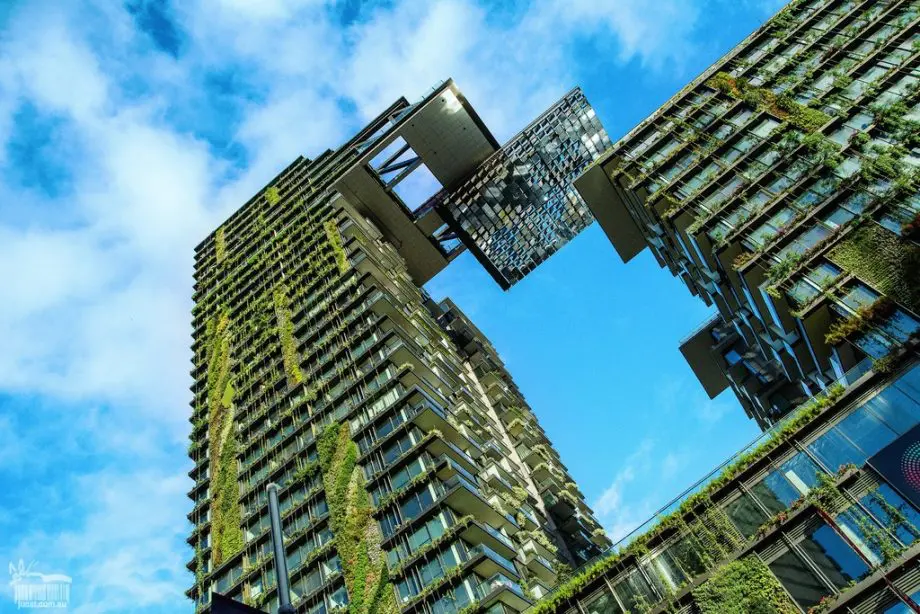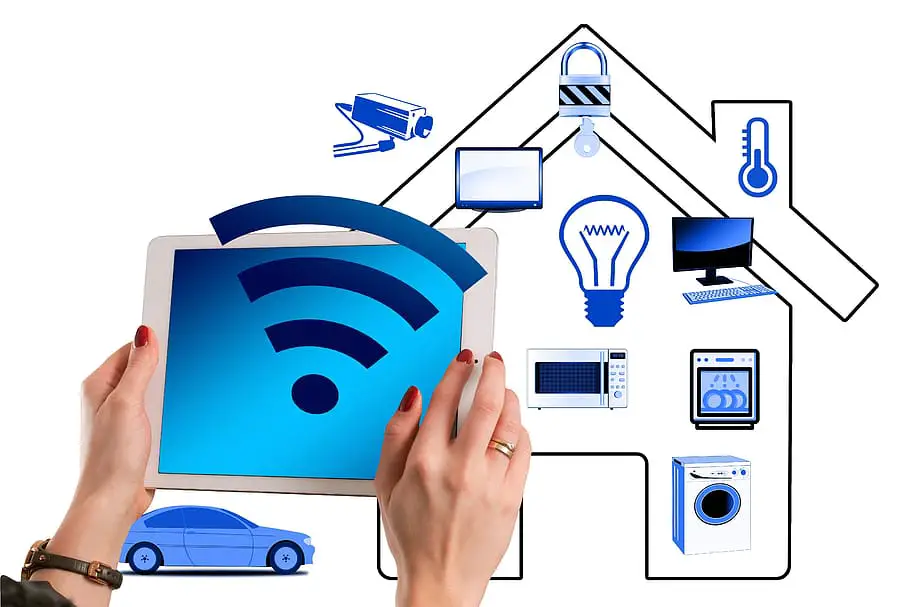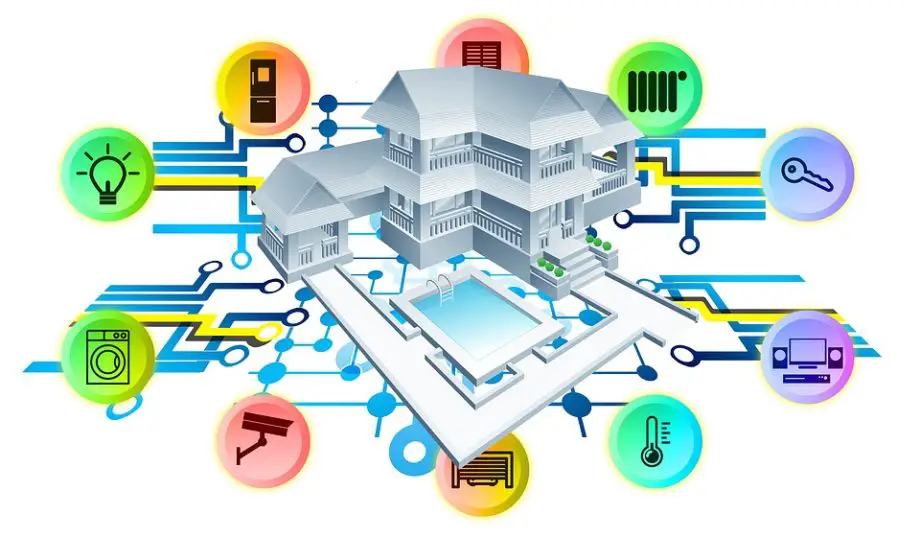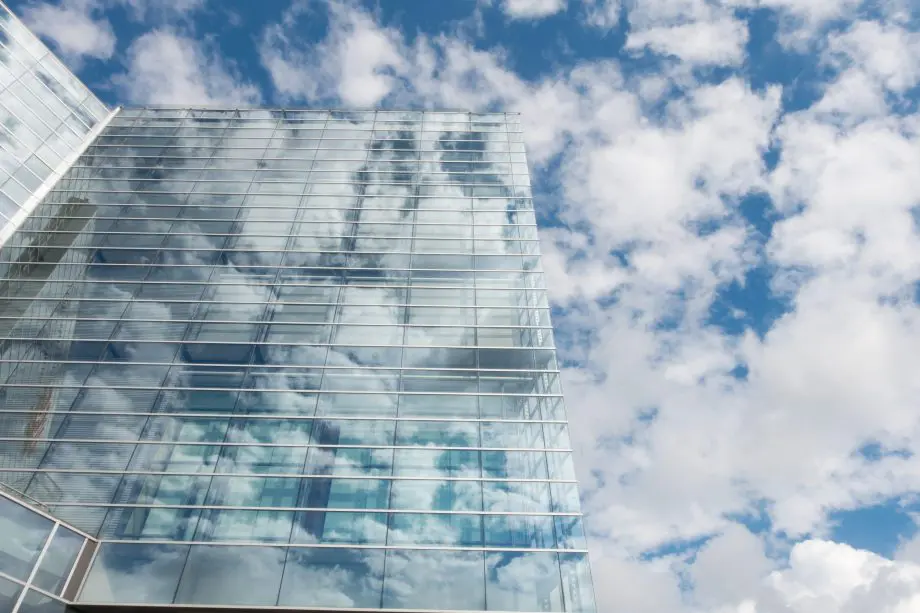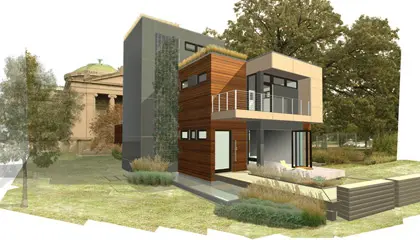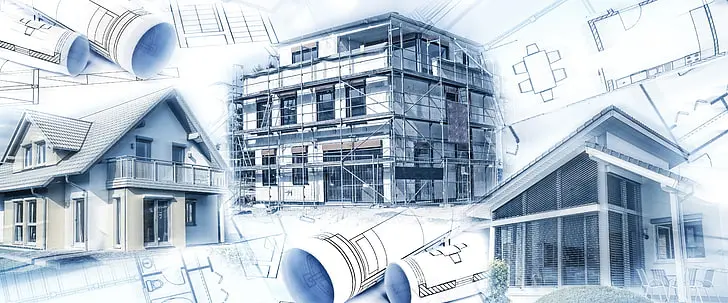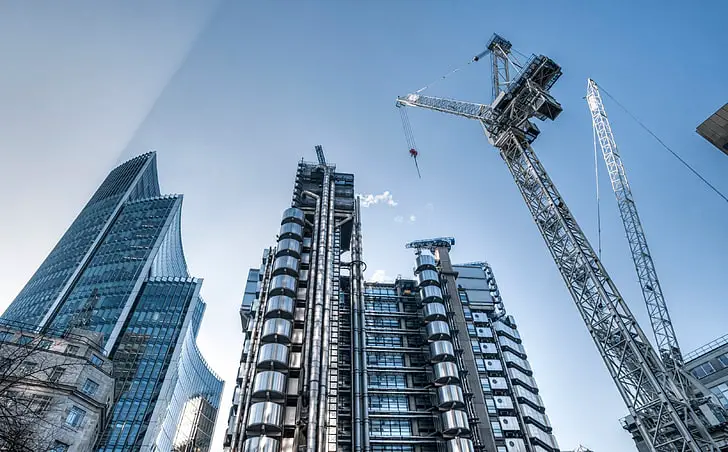
Discover the advantages of green buildings! Dive into how they benefit our environment, economy, and health and explore future trends and real-world examples.
Imagine living or working in a space that not only benefits your health and wallet but also the planet. Sounds fantastic, right?
Welcome to the world of green buildings! The advantages of green buildings stretch far beyond the usual bricks and mortar.
They offer a unique blend of economic, environmental, and social benefits that are transforming our built environment.
Let’s delve into this fascinating world and uncover the myriad benefits that green buildings bring to our lives and our future generations.
Advantages of Green Buildings
Ever wondered how a building could be more than just walls, floors, and a roof?
In this post, we’re going to explore the advantages of green buildings, structures that go the extra mile.
We’ll delve into how they’re not only designed to look good, but also to reduce environmental impact, save money, and promote healthier living.
From their environmental benefits to their economic perks, from their contribution to our health to their efficient use of materials, we’ll cover it all.
We’ll also share some inspiring case studies, address common misconceptions, and look at what the future holds for green buildings.
So, let’s embark on this journey to understand how green buildings are reshaping our world.
Definition of Green Buildings
So, what exactly are green buildings? Well, they’re not just structures painted green!
Green buildings, also known as sustainable buildings, are designed and constructed with a focus on efficiency and minimal impact on the environment.
They incorporate practices that reduce carbon footprint, reduce energy consumption, improve water efficiency, utilize sustainable building materials, and promote better indoor air quality.
From the environmental design phase to construction materials, and even during their operation, green buildings aim to respect and work with the environment, rather than against it.
They’re like a breath of fresh air in the world of green architecture and green construction methods!
Importance of Green Buildings
Now, you might be wondering, why all the fuss about green buildings?
The importance of green buildings lies in their numerous benefits that extend beyond the building itself.
For starters, they play a significant role in tackling climate change.
With traditional buildings accounting for a substantial portion of global energy use and greenhouse gas emissions, green buildings offer a way to reduce this impact for building owners.
They’re like the superheroes of the building world, battling against climate change one building at a time!
But the benefits don’t stop at the environment. Green buildings also make economic sense.
They can lead to significant cost savings over time through reduced energy and water usage.
Plus, they often have higher property values compared to conventional commercial buildings.
And let’s not forget about the people living or working in these buildings.
Green buildings provide healthier and more comfortable spaces for occupants.
They’re designed to maximize natural light, improve air quality, and even reduce noise levels.
In a nutshell, green buildings are a win-win-win, for the environment, for the economy, and for people. And that’s why they’re so important.
Advantages of Green Buildings
Now that we’ve defined what green buildings are and why they’re so important, let’s dive deeper into their advantages.
These eco-friendly structures are packed with benefits that truly make them stand out in the world of architecture.
From their positive impact on the environment to their economic benefits and their contribution to our health and well-being, green buildings are truly a game-changer.
They also champion the use of sustainable and efficient materials, making them a beacon of sustainability in our built environment.
So, let’s unpack these advantages and see how green buildings are making a difference in our world.
Environmental Benefits
Reduction in Energy Usage: One of the standout features of green buildings is their ability to significantly reduce energy usage.
How do they do this? Through smart design and the use of energy-efficient technologies.
For instance, green buildings often incorporate natural light to reduce the need for artificial lighting.
They also use energy-efficient appliances and systems, like LED lighting and high-efficiency HVAC systems. It’s like putting your building on an energy diet!
Lower Greenhouse Gas Emissions: By reducing energy usage, green buildings also help to lower greenhouse gas emissions.
Think of it as your building doing its part to fight climate change. It’s like each green building is a small but significant soldier in the battle against global warming.
Water Efficiency: Green buildings don’t just shine in energy efficiency; they’re also champions of water efficiency.
They often incorporate features like low-flow fixtures, rainwater harvesting systems, and greywater recycling.
These features help to reduce water usage and make the most of every drop.
It’s like giving your building a lesson in water conservation!
Economic Benefits
Cost Savings: While green buildings might have higher upfront costs, they can lead to significant cost savings in the long run.
Thanks to their energy and water efficiency, green buildings can help to reduce utility bills.
It’s like your building is not just eco-friendly, but also wallet-friendly!
Increased Property Value: Green buildings often have higher property values compared to conventional buildings.
This is because more and more people are recognizing the benefits of green buildings and are willing to pay a premium for them.
It’s like your green building is not just a building, but also a smart investment!
Higher Return on Investment: With their cost savings and increased property values, green buildings often offer a higher return on investment compared to conventional buildings.
So, investing in a green building is not just good for the planet, but also for your pocket!
Health and Social Benefits
Improved Indoor Air Quality: Green buildings are designed to promote better indoor air quality.
They do this through the use of non-toxic materials and improved ventilation. It’s like your building is looking out for your health!
Enhanced Occupant Comfort and Health: Green buildings also focus on providing a comfortable and healthy environment for occupants.
They do this through features like natural light, temperature control, and noise reduction.
It’s like your building is designed to keep you happy and healthy!
Increased Productivity: Believe it or not, green buildings can even help to boost productivity.
Studies have shown that people are more productive in environments with good air quality, comfortable temperatures, and natural light which are all features of green buildings.
It’s like your building is your secret weapon for getting more done!
Sustainable and Efficient Material Use
Use of Recycled and Upcycled Materials: Green buildings often make use of recycled and upcycled materials.
This helps to reduce the demand for new materials and reduces waste. It’s like your building is part of the recycling revolution!
Durability and Longevity of Green Materials: Green materials are not just eco-friendly, but they’re often also more durable and longer-lasting than conventional materials.
This means that green buildings can stand the test of time. It’s like your building is built to last!
Case Studies of Green Buildings
Now that we’ve explored the myriad advantages of green buildings, let’s bring these benefits to life with some real-world examples.
In this section, we’ll take a look at some standout green buildings from around the world.
These case studies will not only illustrate the benefits we’ve discussed but also showcase the innovative design and construction practices that make these buildings so remarkable.
We’ll also delve into the lessons learned and best practices gleaned from these projects.
So, get ready to be inspired by how green buildings are making a difference in communities around the globe!
Examples of Successful Green Buildings
Let’s take a virtual tour of some successful green buildings that have made a mark in the world of sustainable architecture.
The Edge, Amsterdam:
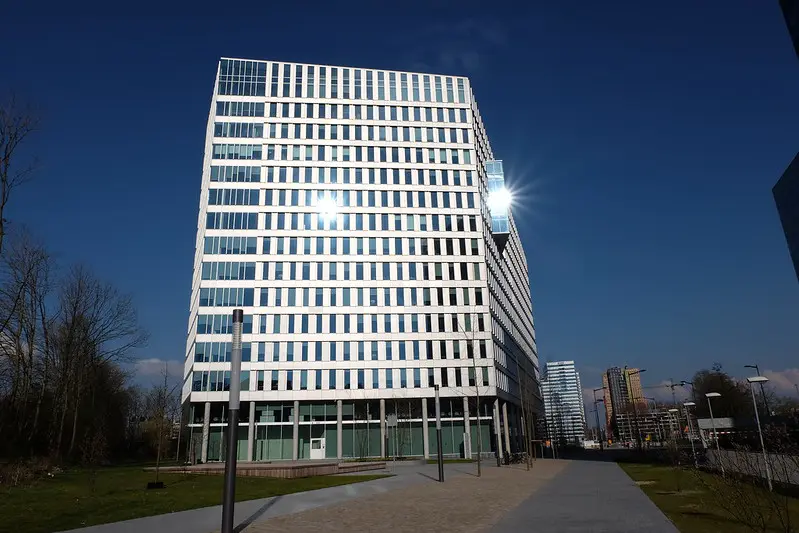
Known as the greenest office building in the world, The Edge in Amsterdam is a shining example of sustainability.
It boasts a BREEAM score of 98.36%, the highest ever awarded.
The building uses a range of smart technologies, including a connected lighting system that not only reduces energy usage but also provides data on occupancy and usage patterns.
It’s like the building itself is a living, breathing entity!
Bullitt Center, Seattle:

Dubbed the greenest commercial building in the world, the Bullitt Center in Seattle is a marvel of sustainable design.
It’s a net-zero energy building, meaning it produces as much energy as it uses, thanks to a large solar panel array on its roof.
The building also features a rainwater collection system and composting toilets. It’s like the building is a self-sustaining ecosystem!
Lessons Learned and Best Practices
From these and other successful green buildings, we can glean some valuable lessons and best practices.
Integrated Design Process: One key lesson is the importance of an integrated design process.
This means bringing together all stakeholders, including architects, engineers, and occupants, from the early stages of design.
This collaborative approach ensures that all aspects of sustainability are considered and integrated into the building design.
It’s like having a team huddle before the big game!
Focus on Occupant Comfort: Another important lesson is the focus on occupant comfort.
Green buildings are not just about reducing environmental impact; they’re also about creating healthy and comfortable spaces for people.
This means considering factors like natural light, air quality, and thermal comfort in the design. It’s like designing a building with a big heart!
Long-term Perspective: Lastly, successful green buildings take a long-term perspective.
While they might have higher upfront costs, the long-term benefits in terms of energy savings, human health benefits, and environmental impact make them a smart investment.
It’s like planting a seed and nurturing it to grow into a mighty tree!
Challenges and Misconceptions about Green Buildings
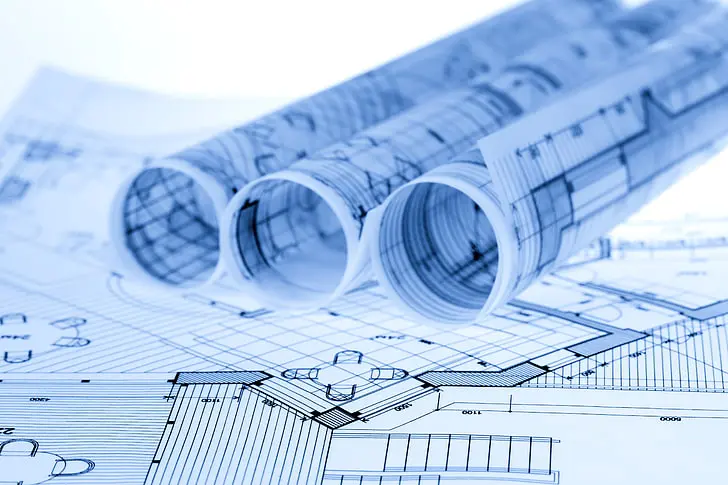
While green buildings offer a host of benefits, they’re not without their challenges and misconceptions.
In this section, we’ll address some of the common hurdles and misunderstandings that often come up when discussing green buildings.
From concerns about higher initial costs to misconceptions about performance and comfort, we’ll tackle these issues head-on.
We’ll also discuss the need for specialized knowledge and skills in the field of green building.
So, let’s dive in and debunk some myths while shedding light on the realities of green building.
Higher Initial Costs
One of the most common challenges associated with green buildings is the perception of higher initial costs.
It’s true that sustainable materials and technologies can sometimes come with a higher price tag upfront.
However, it’s important to consider the bigger picture. While the initial investment might be higher, the long-term savings in energy and water costs can more than makeup for it.
It’s like buying a car with better gas mileage where you might pay more upfront, but you’ll save money at the pump over the long run!
Misconceptions about Performance and Comfort
Another common misconception about green buildings is that they compromise on performance and comfort.
Some people believe that energy-efficient buildings might be darker or less comfortable. But that’s not the case!
Green buildings are designed to be just as comfortable, if not more so, than conventional buildings.
They use natural light, improve air quality, and maintain comfortable temperatures.
It’s like living in a home that’s not just good for the environment, but also good for you!
Need for Specialized Knowledge and Skills
Building green requires a certain level of specialized knowledge and skills.
From understanding sustainable materials to knowing how to design for energy efficiency, it’s a field that requires expertise.
This can sometimes be a barrier, as there might be a lack of trained professionals in some areas.
However, with the growing interest in sustainability, more and more professionals are gaining the skills needed to design and construct green buildings.
It’s like a new wave of builders and architects, armed with the knowledge to build a more sustainable future!
Future of Green Buildings
As we look toward the horizon, what does the future hold for green buildings?
In this section, we’ll explore the exciting trends and innovations shaping the future of sustainable architecture.
We’ll also delve into the crucial role green buildings will play in sustainable development.
From new materials and technologies to changing attitudes and policies, the future of green buildings is bright and full of potential.
So, let’s journey into the future and see how green buildings will continue to evolve and make our world a better place.
Trends and Innovations in Green Building Design
As we step into the future, several exciting trends and innovations are shaping the world of green building design.
Smart Buildings: One of the biggest trends is the rise of smart buildings.
These buildings use advanced technology to monitor and control various systems, including heating, lighting, and security.
This not only improves efficiency but also enhances the comfort and safety of occupants. It’s like your building has a brain of its own!
Biophilic Design: Another trend is biophilic design, which involves incorporating elements of nature into the built environment.
This can include things like living walls, indoor gardens, and natural materials.
Research shows that biophilic design can improve well-being and productivity. It’s like bringing a piece of the great outdoors inside!
Net-Zero Energy Buildings: We’re also seeing a rise in net-zero energy buildings.
These are buildings that produce as much energy as they consume, usually through renewable energy sources like solar panels or wind turbines.
It’s like your building is a self-sustaining island of energy efficiency!
Role of Green Buildings in Sustainable Development
Green buildings play a crucial role in sustainable development.
They’re a key part of the solution to many of the challenges we face, from climate change to resource depletion.
Reducing Environmental Impact: By reducing energy and water consumption, and by using sustainable materials, green buildings help to lessen our impact on the environment.
It’s like each green building is a small step towards a more sustainable planet!
Promoting Health and Well-being: Green buildings also promote health and well-being.
By improving air quality, increasing natural light, and creating comfortable spaces, they contribute to healthier and happier communities.
It’s like your building is looking out for your well-being!
Economic Sustainability: Lastly, green buildings contribute to economic sustainability.
They can lead to cost savings, create jobs, and contribute to a more resilient economy.
It’s like your building is not just a building, but also a driver of sustainable development!
FAQs
As we’ve journeyed through the world of green buildings, you might have a few questions brewing. Well, you’re not alone!
In this section, we’ll tackle some of the most frequently asked questions about green buildings.
From understanding the main elements of a green building to exploring how they contribute to cost savings and health benefits, we’ve got you covered.
We’ll even delve into the future benefits of green buildings. So, let’s dive into these FAQs and quench your curiosity about green buildings.
Q: What are the main elements of a green building?
A: Great question! The main elements of a green building typically include energy efficiency, water efficiency, the use of sustainable materials, and a focus on indoor environmental quality.
This means they’re designed to reduce energy and water consumption, use materials that have a low impact on the environment, and provide a healthy and comfortable environment for occupants.
It’s like the building is designed with both the planet and its people in mind!
Q: How does a green building contribute to cost savings?
A: Green buildings contribute to cost savings primarily through reduced energy and water usage.
By using energy-efficient technologies and water-saving features, green buildings can significantly lower utility bills.
Plus, the use of durable and low-maintenance materials can lower maintenance costs.
It’s like your building is not just eco-friendly, but also wallet-friendly!
Q: What are the health benefits of living or working in a green building?
A: Living or working in a green building can offer numerous health benefits.
These buildings are designed to improve indoor air quality, maximize natural light, and maintain comfortable temperatures.
This can lead to improved comfort, reduced risk of illness, and even increased productivity.
It’s like your building is looking out for your health and well-being!
Q: What are the benefits of green building in the future?
A: Looking to the future, green buildings will play a crucial role in tackling climate change, promoting sustainable development, and creating healthier communities.
They’ll help to reduce greenhouse gas emissions, conserve natural resources, and create comfortable and healthy spaces for people.
Plus, as more and more people recognize the benefits of green buildings, they’ll become increasingly popular, leading to a more sustainable and resilient built environment.
It’s like green buildings are paving the way for a brighter future!
Conclusion
As we wrap up our deep dive into the world of green buildings, it’s clear that these sustainable structures offer a host of benefits, from environmental to economic to health.
But more than that, they represent a shift in how we think about our built environment.
In this conclusion, we’ll recap the importance and benefits of green buildings and make a call to action for more adoption of green building practices.
So, let’s take a moment to reflect on what we’ve learned and consider how we can all play a part in promoting a more sustainable future.
Recap of the Importance and Benefits of Green Buildings
As we look back on our journey through the world of green buildings, it’s clear that these structures are more than just buildings.
They’re a testament to our ability to create spaces that are not only functional and beautiful but also kind to our planet and beneficial to our health and well-being.
From their impressive environmental benefits, like reduced energy usage and lower greenhouse gas emissions, to their economic advantages, such as cost savings and increased property value, green buildings truly stand out.
And let’s not forget their contribution to our health and social well-being, offering improved indoor air quality, enhanced comfort, and increased productivity.
Plus, their focus on sustainable and efficient material use sets a new standard for the building industry.
It’s like we’ve discovered a new blueprint for building that’s better for us and for our planet!
Call to Action for More Adoption of Green Building Practices
But understanding the importance and benefits of green buildings is just the first step.
Now, it’s time for action. Whether you’re a builder, architect, property owner, or just someone who cares about the environment, we all have a role to play in promoting the adoption of green building practices.
This could mean choosing to live or work in a green building, incorporating green building practices into your own projects, or advocating for policies that support a sustainable construction industry.
Remember, every green building makes a difference. So, let’s take what we’ve learned and use it to create a more sustainable future.
It’s like we’re all architects, designing a better world one green building at a time!

